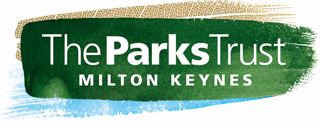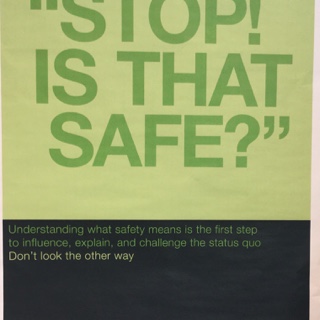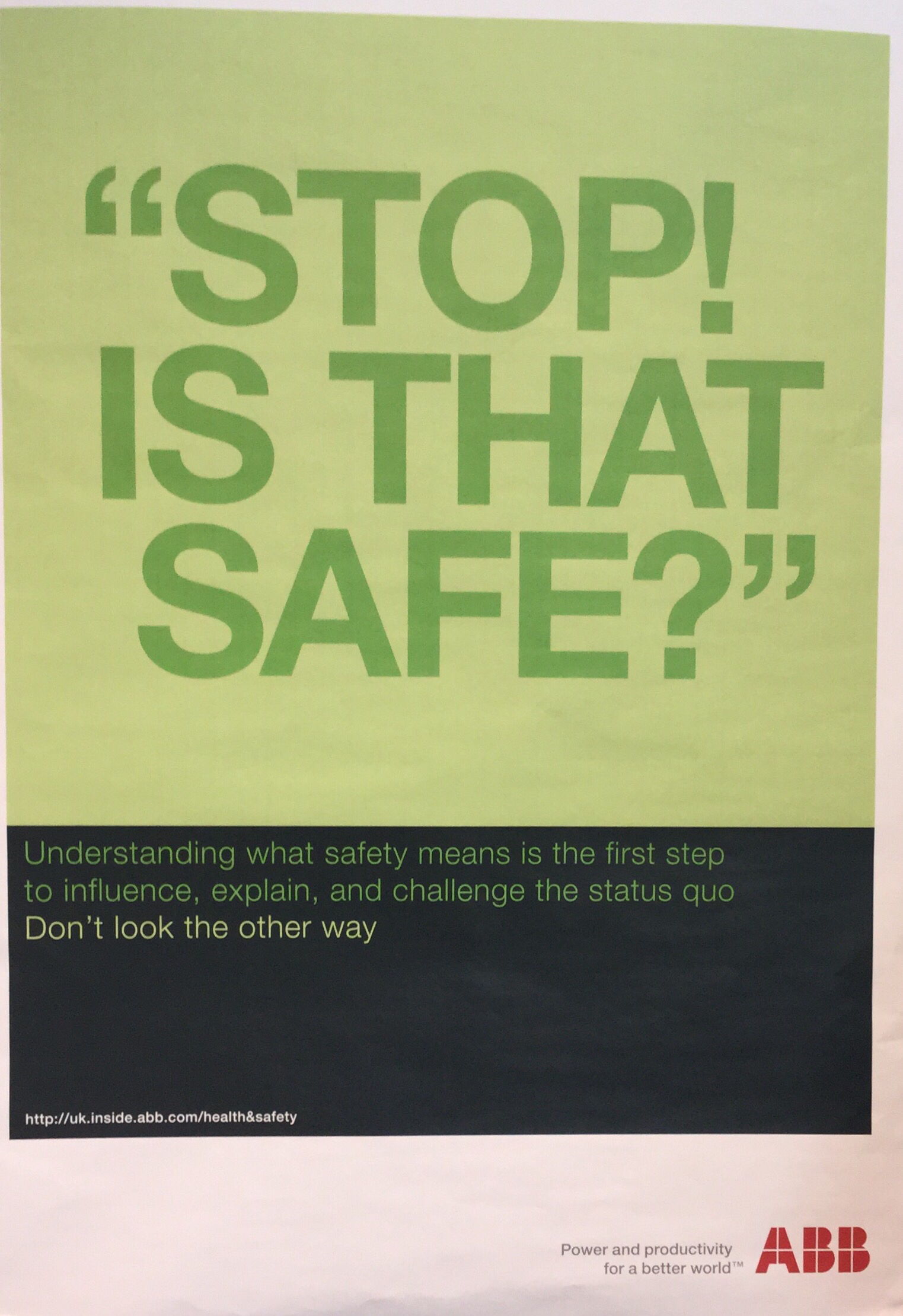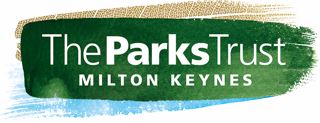Title Page
-
Conducted on
-
Observers Name
-
Detail of Site Location
-
Location
1.0 Planning and Management
-
Is tree climbing the most appropriate method for carrying out the work?
-
Has a suitable and sufficient recorded site-specific risk assessment been carried out?
-
Do operators understand the risk assessment?
-
Is there an opportunity for everyone on site to contribute to the site-specific risk assessment on the day of the works
-
Are operators fully aware of the hazards and risks they are exposed to during the specific tree work at height task?
-
Do operators know the control measures they must implement to ensure safe working and in turn create the safe system of work for carrying out the tree work?
-
Have the control measures specified been carried out?
-
Does the risk assessment process include dealing with emergencies?
-
Are enough personnel present, including provision for rescue?
-
Is the weather suitable for the tasks to be carried out?
-
Has enough time been allocated to allow the work to be carried out safely and without applying undue pressure on the operational team?
2.0 Roles and Responsibilities
-
Do all operators understand their roles and responsibilities?
-
Are operators proficient to carry out their assigned duties?
-
Is there appropriate supervision in place to manage the tree work at height operation?
-
Does everyone on site understand the communication method between climbers and ground staff? Is it clear, unambiguous and agreed by all?
3.0 On-site Preparation
-
Have hazards and risks identified by the site-specific risk assessment process been adequately addressed?
-
Has a tree condition assessment been carried out?
-
Have clearly defined drop and working zones been established?
-
Do all operators understand the limits of each zone?
-
Are there established procedures in place (1) for when someone wants to enter a drop zone; (2) for materials to be dropped into a drop zone; and (3) when handling equipment above the drop zone?
-
Is the extent of the work zone clear with adequate demarcation in place to prevent unauthorised access?
-
Is PPE correctly worn and used by every operator in either zone?
4.0 Occupational Health
-
Can everyone on site maintain ‘situational awareness’? Are they fit and well, physically and mentally?
-
Is everyone on site aware of any individual operator’s limitations?
-
Does anyone on site require increased protection from, or reduced exposure duration to, a particular hazard which may affect their health? If so, has this been implemented?
-
Do the techniques selected for use minimise the risk of muscular-skeletal disorders and fatigue? Has equipment been chosen to meet the operator’s ergonomic<br>requirements?
5.0 Personal Fall Protection Systems in Tree Work
-
Has the climber elected to use a system that allows them to ascend, move around the tree and descend appropriately?
-
Does the system correctly comprise a primary system and backup, and does the backup provide protection against failure of the primary system, including main line,<br>components and anchor?
-
Are the correct connection points to the harness being used, appropriate to the operation?
-
Have all the working considerations for using a personal fall protection system been taken into account by the climber?
6.0 A Strategy for Access
-
Do the methods selected take into account: the tree condition assessment, climbers’ abilities, training, surrounding features and tree structure?
-
Have all aspects of the chosen access method and ascent technique been discussed and agreed as a safe method of working by the team?
-
Is the work team familiar with the techniques to be used to allow an effective rescue to take place?
7.0 Selecting an Ascent Technique
-
Does the system correctly comprise primary and backup systems?
-
Does the climber have the appropriate knowledge to safely ascend and descend on their chosen system?
-
When an ascent technique is used, are the distance and consequences of a fall minimised?
-
Does the climber use correct rope advance procedures during changeovers?
-
Is the climber correctly anchored to the tree at all times?
-
Are newly established anchors subjected to a full-body-weight test where practical?
-
If spikes are used, is it possible to descend without solely having to spike back down the stem?
8.0 Managing Slack and Improving Climber Positioning
-
Does the climber always remain anchored to the tree structure?
-
Does the climber ensure that the fall protection system does not allow a potential fall distance to exceed 500mm?
-
Are two high anchors used wherever practical?
-
Has the climber included an adjustable lanyard as part of their system?
-
Does the climber use their fall protection system appropriately to reduce the risk of pendulum swing?
9.0 Descent
-
Does the climber’s primary system allow for an uninterrupted descent to the ground?
-
Does the climber check the length of rope before descent?
-
Are the climber’s systems appropriately terminated?
-
Is descent carried out in a controlled manner that minimises risk to the climber and potential equipment damage?
-
Are anchor devices lowered in a controlled manner?
-
10.0 Anchors and Anchor Point Selection
-
Have operators been trained in anchor point selection?
-
Can the selected anchor support any foreseeable loading?
-
Have anchors been fully load-tested prior to ascent?
-
Have load-bearing anchors within the tree been subjected to full-body-weight tests?
-
Are climbers using equipment to create anchors in accordance with the manufacturer’s guidance and is it suitable for its intended application?
11.0 Equipment: General
-
Is the equipment provided suited to the task?
-
Does everyone on site have the correct PPE and is it in good condition?
-
12.0 Equipment Components: Building a System
-
Does the selected climbing equipment meet the relevant conformity standard?
-
Are all parts of the climber’s system correctly configured, in accordance with manufacturer’s guidance?
-
Are neighbouring components of the system compatible with each other?
-
Are the standard(s) against which the equipment has been tested identifiable?
-
13.0 Equipment for Tree Access and Rescue
-
Are the components of the fall protection system being used correctly in accordance with manufacturer’s guidance?
-
Do the components selected meet technical guidance requirements?
14.0 Equipment: Inspection, Care, Storage and Maintenance
-
Have operators received training in climbing equipment inspection, maintenance and record-keeping?
-
Do specific users of equipment understand manufacturer’s recommendations for product lifespan, maintenance and storage?
-
Are adequate records maintained of equipment issue, inspection, withdrawal and disposal?
-
Are visual and tactile pre-use checks carried out to a proficient standard?
15.0 Aerial Rescue
-
Has an adequate rescue plan been prepared for aerial rescue?
-
Are suitable and sufficient resources to make an effective rescue immediately available?
-
Has the nominated rescuer(s) received training in rescue techniques and the equipment to be used?
-
Does everyone understand their role and responsibility in the event of an aerial rescue?
-
Have the nominated rescuer and the operatives involved practised rescue techniques at regular intervals to maintain skills?
-
Can the casualty be removed from the tree safely without risk of injury to the rescuer?
-
Completion
-
Who is being observed?
-
Comments
Actions
-
Are there any actions required?
- Yes
- No
- N/A
-
Signature:













